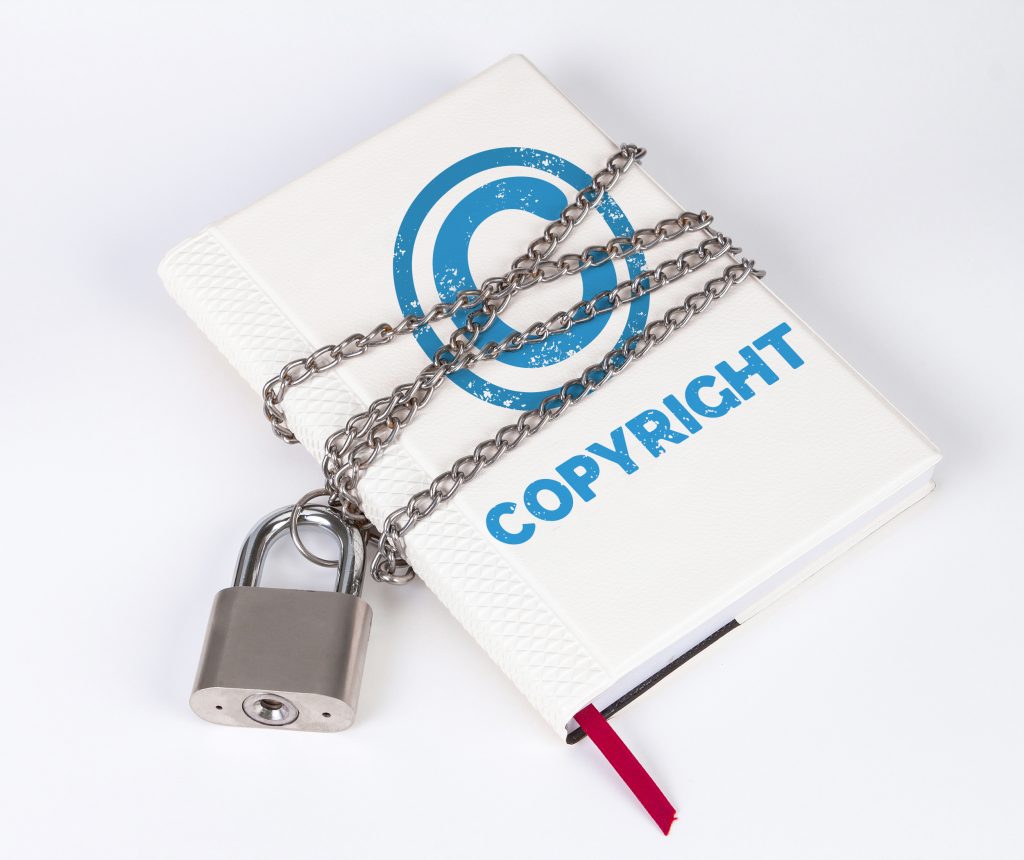
Categories
Trademark as an intellectual property object

What is a trademark?
A trademark is viewed in business as an indication of origin. It helps identify the origin of a particular service or product.
A trademark is a design, symbol, word or phrase that identifies the source of your products and differentiates them from the products of other companies.

The word “trademark” is often used to define both trademarks and service marks.
What types of things can you register as trademarks?
You can use trademarks for many things you use to distinguish your business from other businesses. You may have a trademark:
Your business name
Product Name
Product Packaging
Your logo or label
Symbol or design
Sound
Is legal protection of a trademark so important?
Many company owners who organize their business do not think of trademark registration at all. In the future, however, such carelessness can have a negative effect if a competitor starts to use the name of your brand. In this case your company has practically no legal protection against such manipulation.

The situation can be even worse if a competitor registers your brand as their own. In this case, all the money that the creator of the brand has already spent on advertising is wasted.
The registration of a trademark should therefore become an compulsory step in the advertising of a product or service.
Protection of trademark rights
Infringement of trademark rights means unauthorized use of the trademark or service mark on competing or related goods and services.
When infringement happens, the trademark owner may take legal action against the infringing user of the same or similar mark to prevent further use of the mark and recover monetary damages for illegal use. An infringement action may be filed in a state or federal court.

The following liability measures may also apply to the infringer:
1) Inducing the infringer to recognize you as the rightful owner of the trademark.
2) To remove the goods on which the trademark has been illegally applied.
3) Encouraging the infringer to publish information about the committed infringement.
4) Compensation for damages or recovery of compensation for illegal use of the trademark.